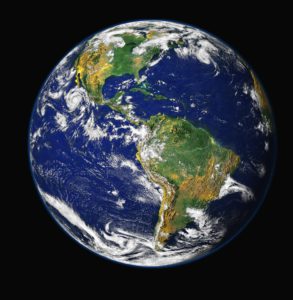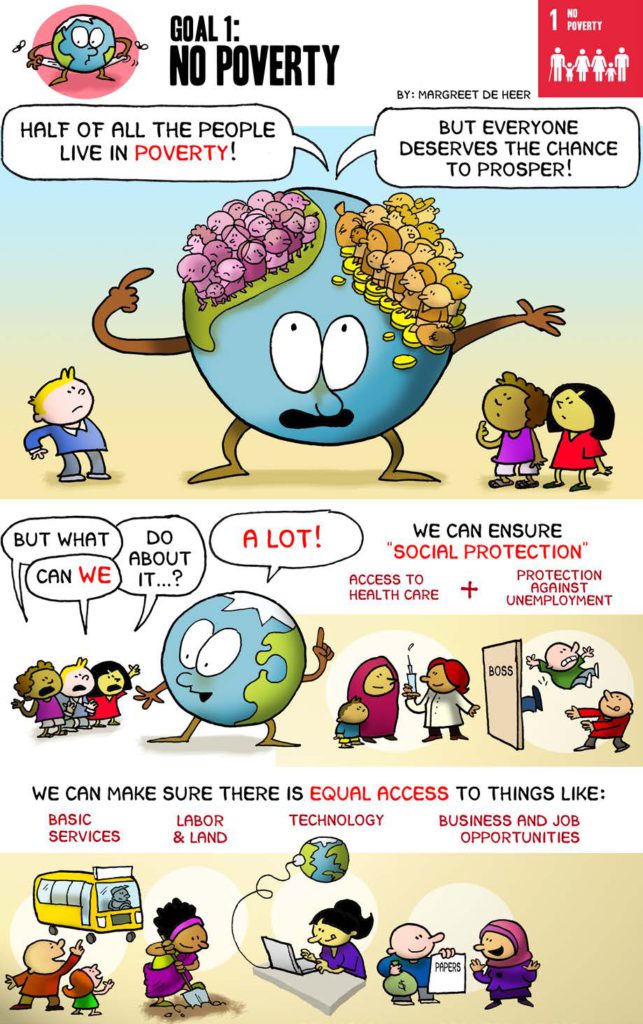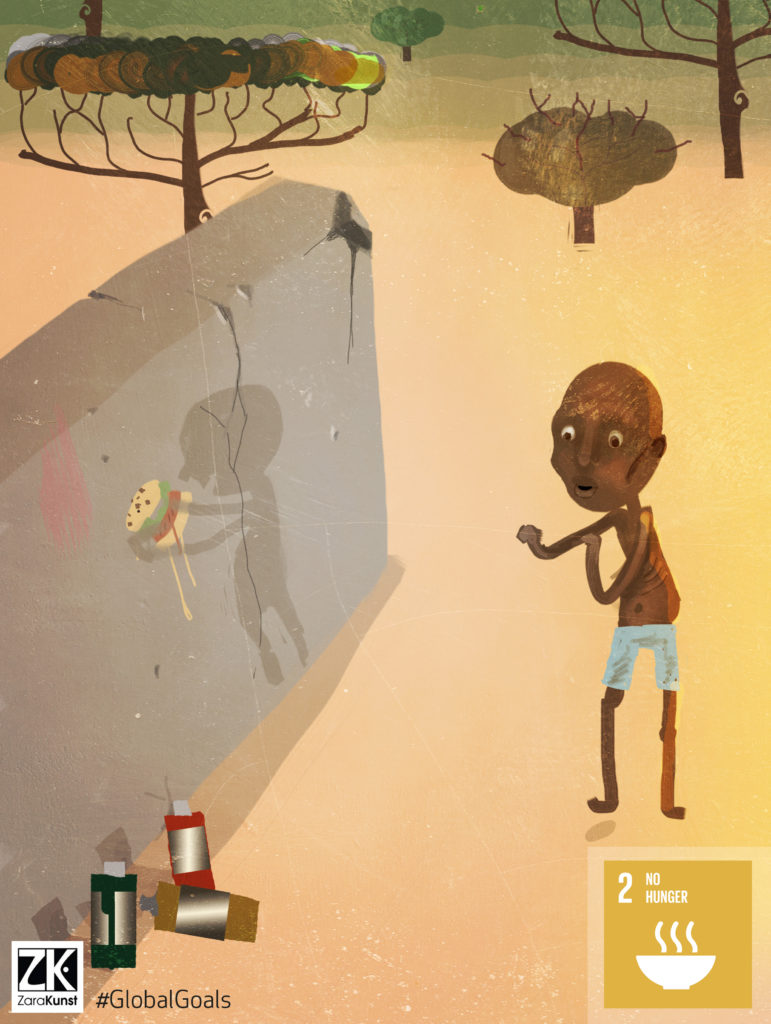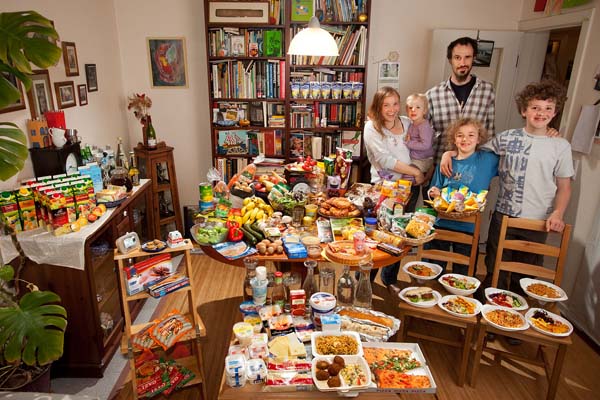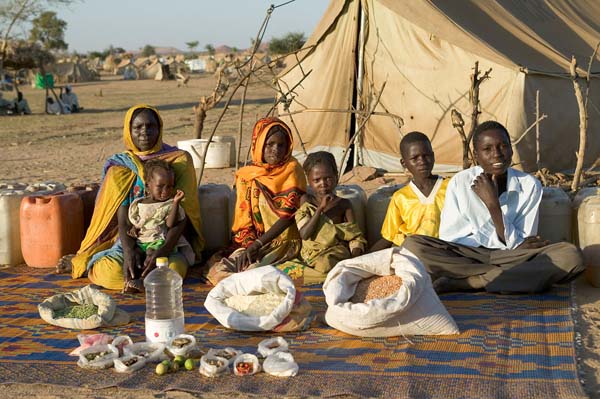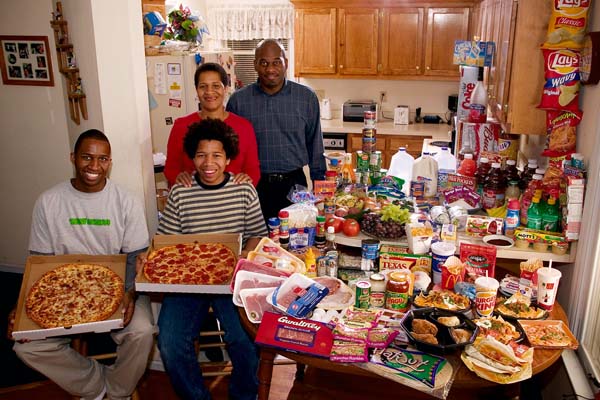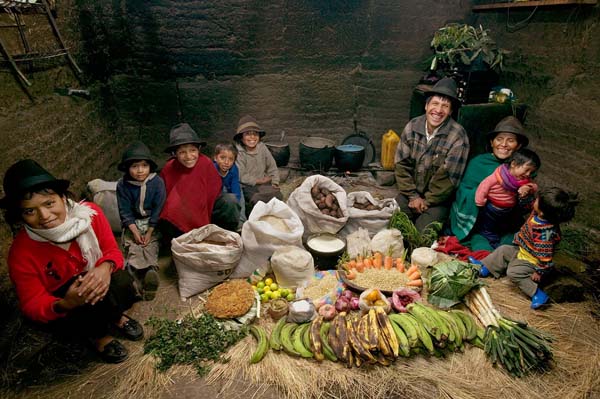ESD, Global Goals (SDGs) – what exactly are they? (Part 2)
Following the first part of my blog series “Education for Sustainable Development” (ESD) as well as the Global Goals that were explained in detail, the individual goals are presented in more detail. I would however, also like to point out that all the goals are very closely interwoven and are dependent on each other.
Before it goes any further, you might ask yourself the question:
What is the point of all this?
It doesn´t have relevance to my pedagogical work.
It should be clarified that ESD has already been included in the education policies and is continually updated as well as having a growing relevance to pedagogy.
How does this look like in practise?
Don´t educators do enough as it is? Integration, inclusion, documenting, observing, educational activities…anything else?
I understand these thoughts very well, but I do however want to add a thought to this:
We are living in luxury!
This is how many earths are needed if everyone lived like the average German! (Footprint Germany)
“Luckily” there are countries like Ethiopian or Bangladesh that use 1/5 of the amount of natural resources that Germans use (Living Planet Report 2016).
Here we are coming to the topic of inequality and the first goal of the Global Goals:
Goal No. 1 No Poverty
End poverty in all its forms everywhere
First some facts:
The average German in 2016 (Handelsblatt)
| For what? | Spendings per Month |
|---|---|
| Housing plus extra charges (average household) | 673 € |
| Food and alcohol-free drinks (average household) | 285 € |
| Clothes and shoes | 107 € |
| Alcohol and tabacco | 41 € |
| Transport Car | 101 € |
| Consumption (average household) | 2375 € |
| Household income | 3147 € (clear) |
Gross National Income (2015), any selection
| Country | Per capita per day |
|---|---|
| Democratic Republic of the Congo | $ 1,1 |
| Haiti | $ 2,2 |
| Cambodia | $ 2,9 |
| Germany | $ 125 |
| Singapore | $ 142 |
| Norway | $ 256 |
When comparing a family in Germany with two gross incomes of an average of $ 5,000 per month, a family in the Democratic Republic of Congo has less than $ 60 a month. These incomes are relative to the price of food, etc., but these extreme inequalities can´t be denied, as half of humanity lives in poverty. One of first goal of the Global Goals, which is described as follows is about these inequalities:
- By 2030, eradicate extreme poverty for all people everywhere, currently measured as people living on less than $1.25 a day 1.2.
- Ensure that everyone in society is protected against things like unemployment and has access to support services like medical care. This is called social protection and is especially meant to protect and support the poorest and most vulnerable people.
- Ensure resources are allocated to implement social policies that help people who have less money to still have equal access to basic services, labour, land, technology and be able to create companies to grow economically.
- Build the resilience of people with less money so that they are better protected from climate-related extreme events, like floods and droughts, and other economic, social and environmental shocks.
So what can I do about this? “Worlds Largest Lesson” provides a vast amount of learning material in the form of comics, lessons, pictures, etc.:
This is not just about informing and educating children and students, but also actively acting as a role-model, recognising the various social classes with appreciation, mindfulness and help in everyday life without embaressment. In Germany alone, around 2 million children live in poverty (see Bertelsmann Stiftung 2016) that is why there are organisations, associations or similar things such as the “Colourful House” in Berlin so that families with less money can get clothes and everyday things that are only possible through donations from others.
If one is poor, then there is also little possibility to have enough to eat and with this we are with the second goal:
Goal No. 2 Zero Hunger
End hunger, achieve food security and improved nutrition and promote sustainable agriculture
In Germany 18 million tons of food is thrown away every year while people in other countries are starving. In order to get an impression of how much food people have every week in different countries, the photographer Peter Menzel from Hungry Planet took a journey and photographed families with their weekly food consumption.
For example: StudiBlog
Germany 325 $
Chad 1,26 $
United States 341 $
Ecuador 31 $
All pictures can be seen in the book: Hungry Planet – What the World eats
Following are the objectives of the second goal:
- End malnutrition by improving social programs for children, mothers and the elderly, and ensuring safe, nutritious and sufficient food year-round.
- Increase agricultural production and income of small farmers, especially women and indigenous peoples, respecting the environment, the biodiversity of each region and their own resources.
- Prevent problems such as drought, floods, and other disasters.
- Protect the variety of species of seeds, crops and farm animals (domestic and wild), and fairly distribute the benefits of these resources.
We, educators and parents can perhaps not stop world hunger but we can do the following things in our pedagogical work as well as at home in order to limit the waste of food:
- Only buy the amount of food one eats
- Think about your eating habits and perhaps ask yourself: is it really necessary to eat two warm meals or everyday meat and milk products?
- Take awareness of where food comes from – the regional and seasonal products should have priority. Organic products also have less pesticides which is good for the soil.
- How is food packaged? Try and avoid things which has a lot of plastic containers or generally try to use less plastic.
- Children should be able to choose how much food they want in order to estimate how much they can eat and what might land in the rubbish. Talk to the children but don´t force them to eat everything. Adults also often overeat when eating from a buffet.
- Take time to eat with children. Eating should be something pleasurable and not take place in stress.
- Plant a small garden with the children. It doesn’t matter if this is for vegetables or herbs. Children can learn among other things, the value of food as they can see how much care and time it needs to grow.
- Talk to children about where food comes from: where does milk and cheese come from? What is the process of making bread?
- Cook and bake together with children and talk about healthy eating.
- Taking trips to farms is a good way to subjectively inform children about this topic.
There is a variety of offers for the daily pedagogical work such as: EPA – Sustainable Eating, Healthy Foods, and Community Gardens, Sustainable and Enviromental Education – Food and Farming
Every day we can do a little more to save the world, as the saying goes:
“Rome was not built in a day.”
The further goals of the Global Goals will follow soon with the third part of my blog series.

